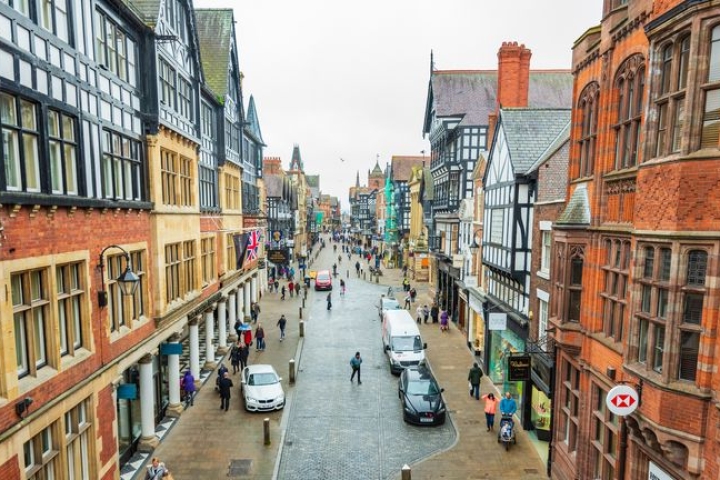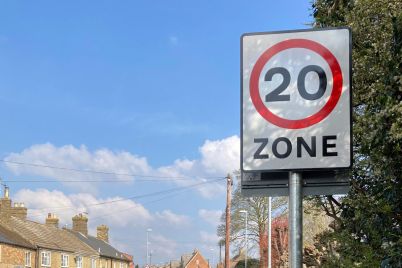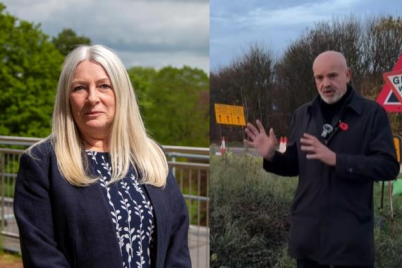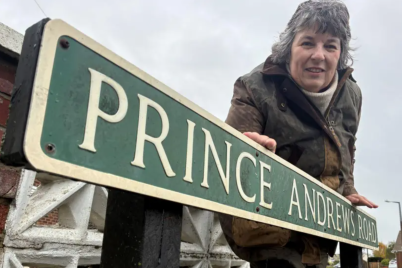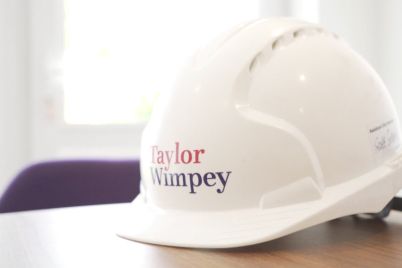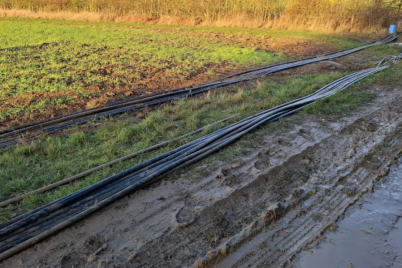The government’s new Pride in Place programme is a £5bn plan to restore high streets, parks, and neighbourhoods across 339 communities. Ministers are calling it the biggest transfer of power from Whitehall to local areas in modern history. But what will it actually mean on the ground?
Here are seven key changes the programme will deliver.
1. Guaranteed long-term funding for local areas
One of the most striking features of the Pride in Place programme is its long-term commitment. A total of 169 neighbourhoods will receive £2m a year, every year, for the next decade. That’s £20m per community, amounting to £3.5bn in total. This kind of sustained investment is a major departure from previous short-term initiatives, which often left towns uncertain about whether they could plan beyond the next round of bidding. On top of this, 95 areas will be given one-off grants of £1.5m to make quick, visible improvements. The idea is to combine long-term certainty with immediate impact.
2. Communities will decide how the money is spent
Unlike earlier schemes such as Levelling Up, there will be no competitive bidding between councils. Instead, funding is allocated according to need, based on measures such as the Index of Multiple Deprivation and the Community Needs Index. Most importantly, residents themselves will have a central role in shaping projects. Local charities, clubs, and voluntary groups must be consulted before funds are approved. Prime Minister Keir Starmer said: “Local people with real skin in the game will decide how this funding is spent.” The aim is to empower communities to choose projects that truly reflect their priorities, whether that’s a youth centre, a heritage trail, or safer streets.
3. Councils can take over derelict buildings
High streets across the country are dotted with empty shops, abandoned offices, and disused department stores. The new programme gives councils stronger compulsory purchase powers to take control of these sites. Instead of being left to rot, buildings could be converted into affordable housing, GP surgeries, start-up hubs, or cultural venues. Ministers hope this will not only tackle eyesores but also bring people back into town centres. The principle is simple: empty buildings should serve the community, not drag it down.
4. Communities can save treasured pubs, libraries and sports grounds
Expanded Community Right to Buy powers will allow residents to step in when vital local assets are under threat. In practice, this means local people could come together to save a much-loved pub, prevent a sports field from being sold off, or protect a library from closure. By making it easier for communities to take ownership, the government hopes to safeguard places that bring people together and foster local identity. These assets are often more than just facilities — they are focal points of social life that, once lost, are very hard to replace.
5. High streets can block unwanted businesses
Another major strand of the programme is aimed at reshaping the mix of businesses on high streets. Councils will have new powers to stop the spread of betting shops, vape stores, and what the government calls “fake barbers” — premises suspected by law enforcement of being used for international money laundering. A government source explained: “At the moment, the Tobacco and Vapes Bill already allows vape stores to be blocked. We want to potentially extend that to betting shops and fake barbers on high streets and we are looking for a legislative vehicle to do that as soon as possible.” The National Crime Agency has already begun investigating some barbers thought to be operating as fronts for criminal gangs. Supporters of the policy say it will give communities more control over what kind of businesses dominate their town centres.
6. Visible, practical improvements to public spaces
The Pride in Place programme is not just about long-term investment. Many areas will see immediate, tangible upgrades to parks, play areas, sports grounds, and green spaces. In Peterhead, residents are already installing new CCTV systems to tackle anti-social behaviour. In Blyth, people are planning a cultural festival and restoring vacant buildings. In Torbay, locals are discussing how to use the funding to support an Agatha Christie heritage trail that could boost tourism. These examples show how different communities can use the scheme in ways that reflect their local character and needs.
7. A new focus on local pride and renewal
At the heart of the programme is an attempt to rebuild confidence and restore pride. Ministers say this is not just about bricks and mortar, but about helping communities feel valued again. Steve Reed, Secretary of State for Housing, Communities and Local Government, said: “The Government is putting power into their hands so local people decide how best to restore pride in their neighbourhoods, not us in Westminster. That’s what real patriotism looks like: building up our communities and choosing renewal over division.” The hope is that by improving high streets, protecting shared spaces, and giving people real control, the programme will help tackle the sense of decline that has affected many towns for decades.
The Pride in Place programme is ambitious, and not without its critics. Some argue the scale of funding will be overshadowed by wider economic pressures, while industry groups representing betting shops and vape stores say they are being unfairly targeted. Experts also stress that training and leadership support will be essential if communities are to make the most of their new powers. But with its blend of long-term funding, immediate action, and community-led decision-making, the £5bn initiative marks a clear shift in how regeneration is being approached in the UK.

